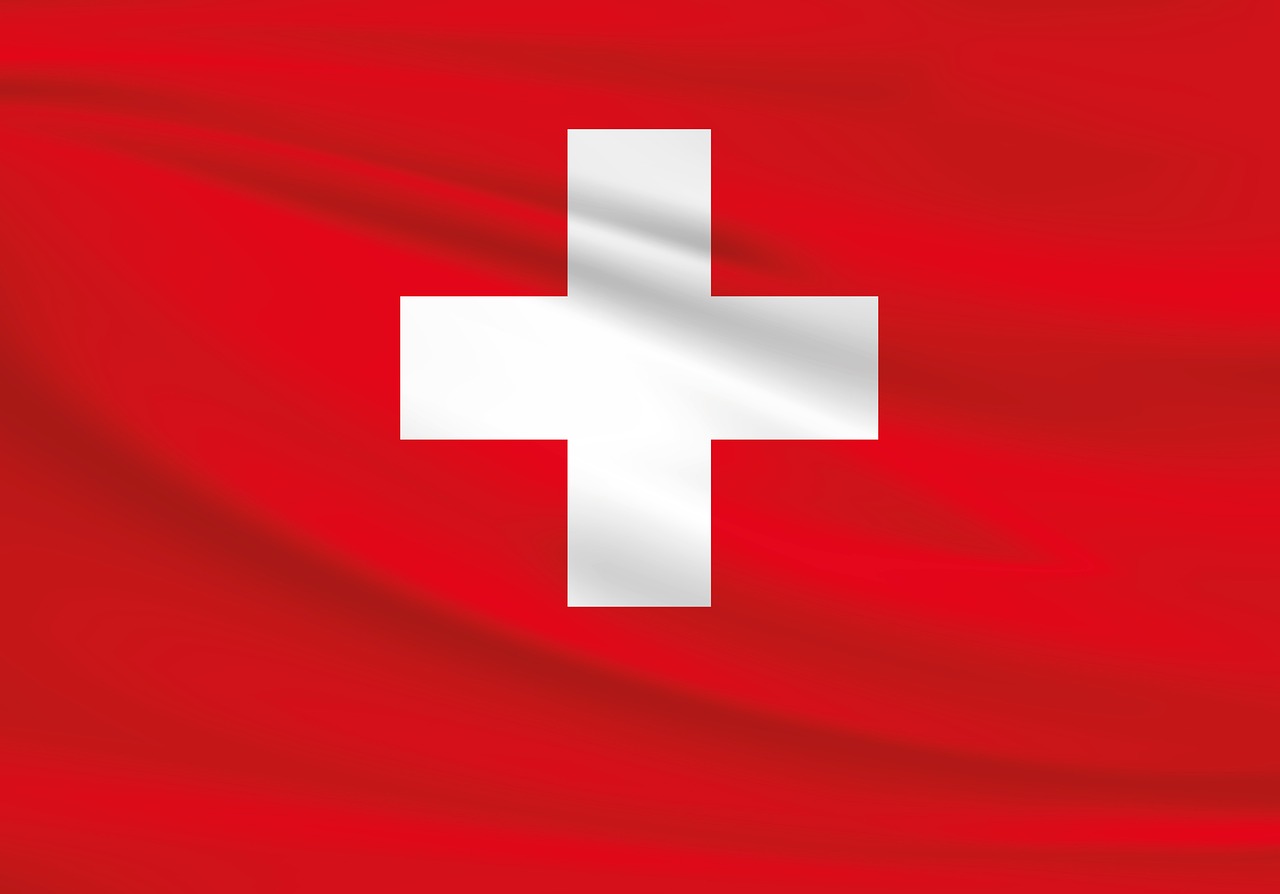Swiss National Symbols: The Flag and Anthem

Switzerland, a country synonymous with precision, neutrality, and natural beauty, is also home to some of the most recognizable national symbols in the world. Among these, the Swiss flag and the national anthem stand out as powerful representations of the nation’s identity, values, and history. This article explores the origins, significance, and evolution of these two iconic symbols, shedding light on their role in shaping Switzerland’s cultural and political landscape.
The Swiss Flag: A Bold Emblem of Unity
Design and Symbolism
The Swiss flag, often referred to as the “Swiss Cross,” is one of the most distinctive and easily recognizable flags in the world. It features a bold, equilateral white cross centered on a square red field. The simplicity and symmetry of the design reflect Switzerland’s commitment to clarity, neutrality, and unity.
The white cross has deep historical and religious roots, symbolizing Christianity and the country’s longstanding tradition of peace and neutrality. The red background is believed to represent bravery, strength, and the blood shed by Swiss soldiers in defense of their homeland. Together, these elements create a flag that is both visually striking and rich in meaning.
Historical Origins
The origins of the Swiss flag can be traced back to the Holy Roman Empire, where the white cross was used as a symbol of the Swiss Confederacy as early as the 14th century. During the Battle of Laupen in 1339, Swiss soldiers reportedly wore white crosses on their uniforms to distinguish themselves from their enemies. Over time, the white cross became a unifying symbol for the various cantons that made up the Swiss Confederacy.
The modern design of the flag was officially adopted in 1848, following the establishment of the Swiss federal state. The square shape of the flag is unique among national flags, making it instantly recognizable. Interestingly, the Swiss flag is one of only two square national flags in the world, the other being the flag of Vatican City.
Cultural Significance
The Swiss flag is more than just a national emblem; it is a source of pride and identity for the Swiss people. It is prominently displayed during national holidays, sporting events, and cultural festivals. The flag also plays a key role in Swiss diplomacy, symbolizing the country’s commitment to neutrality and humanitarian values.
In addition to its official use, the Swiss flag has become a popular symbol in popular culture and commerce. It is often used to denote Swiss-made products, particularly in industries such as watches, chocolate, and cheese, where Swiss craftsmanship is highly regarded.
The Swiss National Anthem: A Song of Patriotism
History and Evolution
The Swiss national anthem, “Swiss Psalm” (Schweizerpsalm in German, Cantique Suisse in French, Salmo Svizzero in Italian, and Psalm Svizzer in Romansh), has a fascinating history that reflects the country’s multilingual and multicultural identity. The anthem’s lyrics were written in 1841 by Leonhard Widmer, a Swiss poet, and set to music composed by Alberich Zwyssig, a Cistercian monk.
Originally, the anthem was not officially adopted but gained popularity over time as a patriotic song. It wasn’t until 1961 that the Swiss government recognized it as the provisional national anthem, and it was officially adopted in 1981 after a lengthy process of public consultation and debate.
Lyrics and Themes
The Swiss national anthem is unique in that it has four official versions, each written in one of Switzerland’s national languages: German, French, Italian, and Romansh. This multilingual approach reflects the country’s commitment to linguistic diversity and inclusivity.
The lyrics of the anthem celebrate Switzerland’s natural beauty, cultural heritage, and values of freedom and unity. The first verse, for example, begins with the lines:
- German: “Trittst im Morgenrot daher, Seh’ ich dich im Strahlenmeer…”
- French: “Sur nos monts, quand le soleil, Annonce un brillant réveil…”
- Italian: “Quando bionda aurora il mattin c’indora…”
- Romansh: “En l’aurora la damaun ta salida il carstgaun…”
Translated into English, these lines evoke the image of the Swiss Alps bathed in the morning light, symbolizing hope, renewal, and the enduring spirit of the Swiss people.
Cultural Impact
The Swiss national anthem is performed at official events, sporting competitions, and national celebrations. It serves as a unifying force, bringing together people from different linguistic and cultural backgrounds under a shared sense of identity and pride.
In recent years, there have been discussions about updating the anthem to better reflect modern Swiss values. However, any changes would require careful consideration to ensure that the anthem continues to resonate with all Swiss citizens.
The Role of National Symbols in Swiss Identity
The Swiss flag and anthem are more than just symbols; they are integral to the country’s national identity. They represent Switzerland’s commitment to neutrality, democracy, and multiculturalism, values that have shaped the nation’s history and continue to guide its future.
These symbols also play a key role in fostering a sense of unity among the Swiss people. Despite the country’s linguistic and cultural diversity, the flag and anthem serve as common touchstones that transcend regional differences and bring people together.




